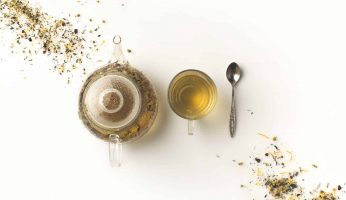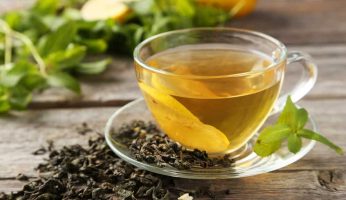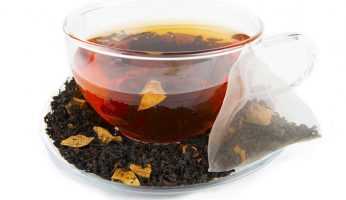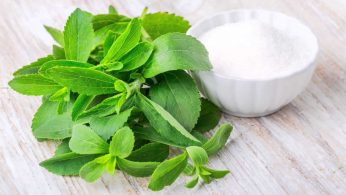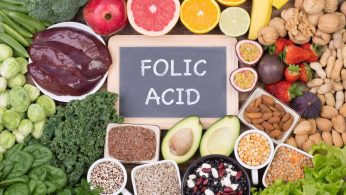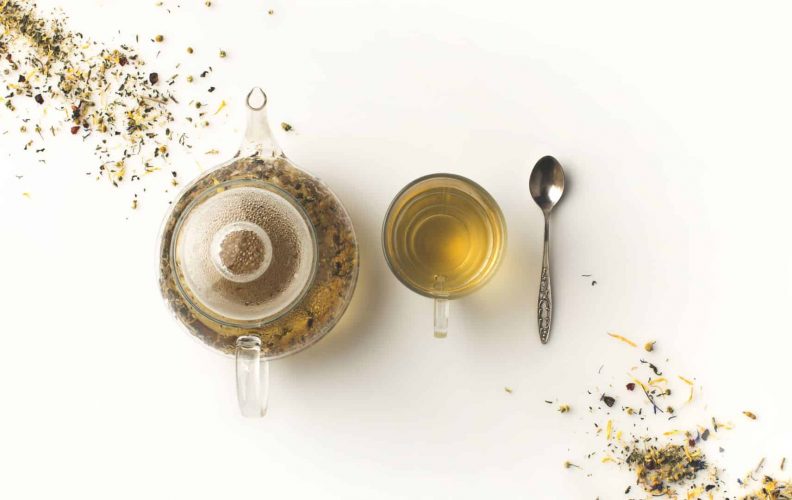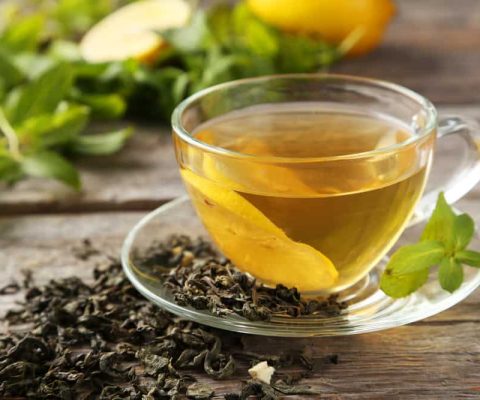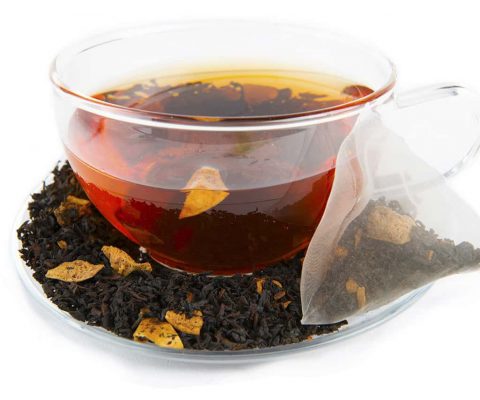Matcha vs Green Tea: Which Is Better…
Disclosure: We use affiliate links and may receive a small commission on purchases.
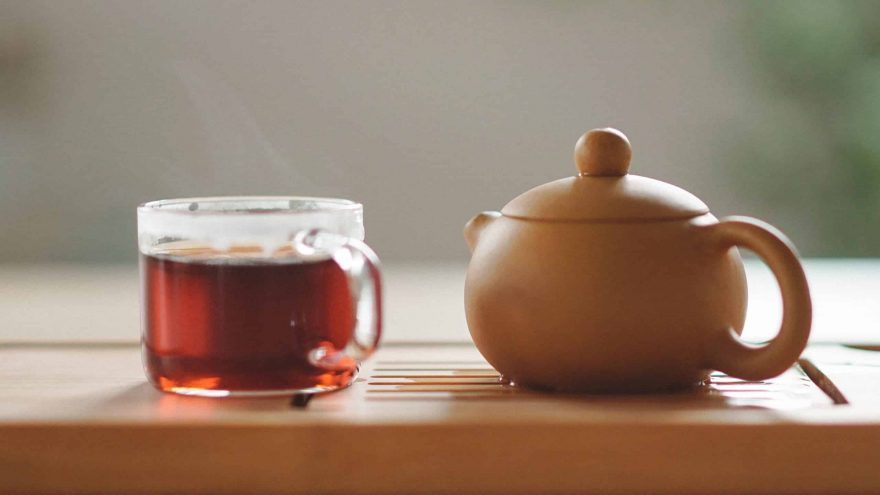 Matcha vs Green Tea: Which Is Better…
thefitbay.com
Matcha vs Green Tea: Which Is Better…
thefitbay.com
Matcha and Green Tea are both superfoods. They are both green and come from the same plant, Camellia Sinensis. So they must be the same, right? Not at all. They each have unique flavors, preparation methods, and even color; yes, the shade of green is different. Their nutritional profiles are also very different.
Green tea normally comes in the form of a teabag or dried tea leaves, while matcha comes in a ground powder form, and the leaf is actually drunk whole. Matcha is, as a result, much more concentrated than green tea. In this article, we will break down the differences between the two to help you understand what is in each of the two superfoods.
This article comprehensively breaks down the following topics:
- Understanding matcha tea.
- Understanding green tea.
- Differences between matcha and green tea.
- Comparison of green tea vs matcha.
What Is Matcha Tea
Matcha tea is widely known to be a health drink with nutritional benefits (1). However, what is matcha, and where does it come from?
Matcha is a type of tea that comes from Camellia Sinensis (2). The leaves are finely ground into a powdered form. In Japanese culture, the act of preparing, presenting, and sipping matcha tea is a meditative procedure that is the cornerstone of the Japanese tea ceremony.
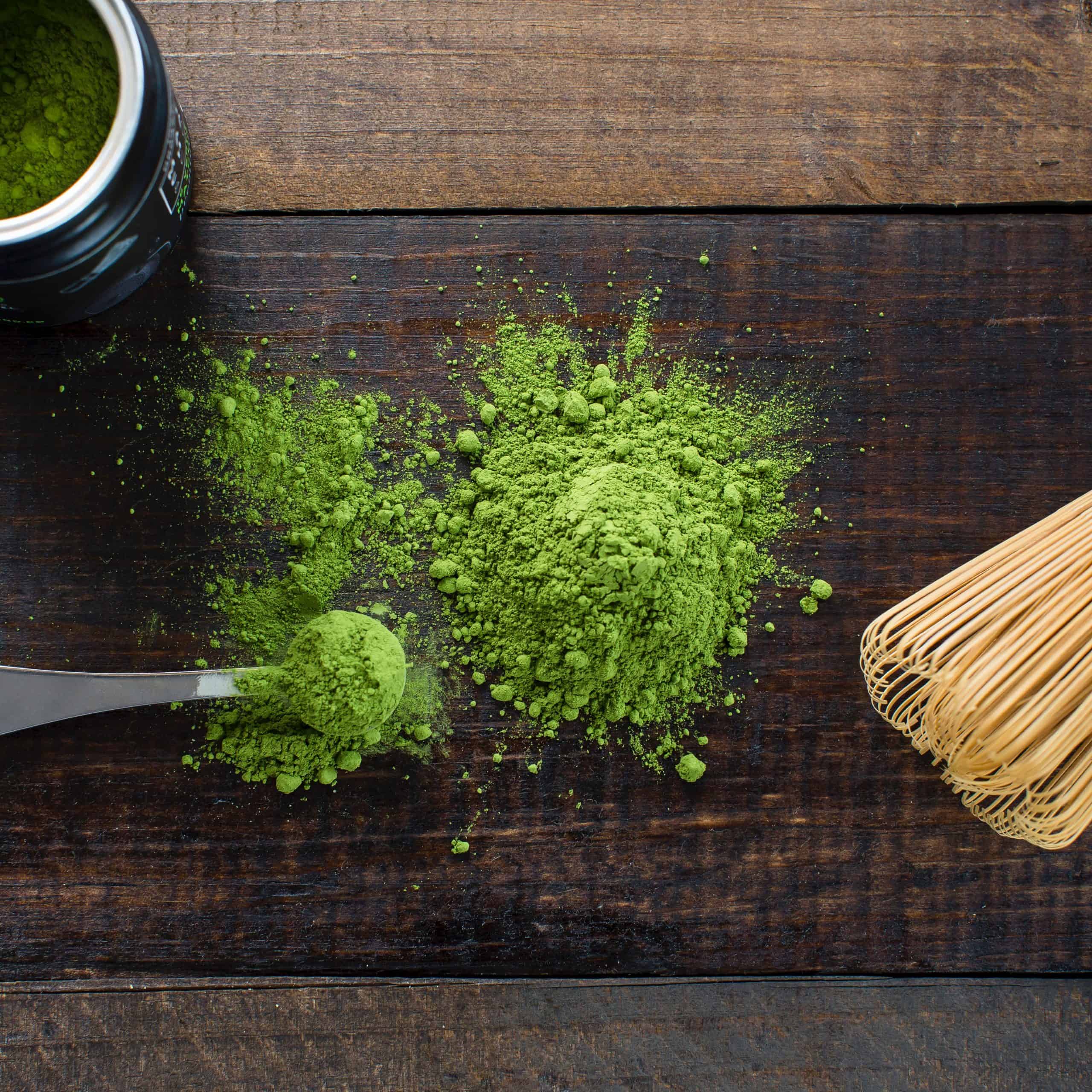
The origin of matcha tea may be culturally ceremonial; still, the practice has seeped into western culture, and matcha tea is now widely accepted as a healthy beverage across the globe (3). Matcha is used in boba tea or tea lattes and is also a cooking ingredient in many recipes ranging from salad dressing to ice cream as well.
Before the invention of teapots, the early Chinese used to grind their tea leaves into a powder and then “beat” the ground tea into a bowl containing hot water. The Chinese, however, abandoned the whipped or “beaten” tea method to embrace steeped tea. The Japanese ended up popularizing the technique.
This tea drinking ritual was also taken up by the Japanese samurai class. Historians believe that the samurai transformed the Japanese tea ceremony into a cultural art form by incorporating detailed steps into the practice. This is how the specific hand movements, how to prepare and set the tea, proper design of the tea room, and instructions on how to sit came into play.
What Is Green Tea
Green tea is also made from Camellia sinensis leaves and buds. The practice of drinking green tea is believed to have originated in China during the reign of Emperor Shennong. Green tea is prepared by soaking the leaves and steeping, then the flavors and nutrients are extracted. The leaves are not consumed whole.
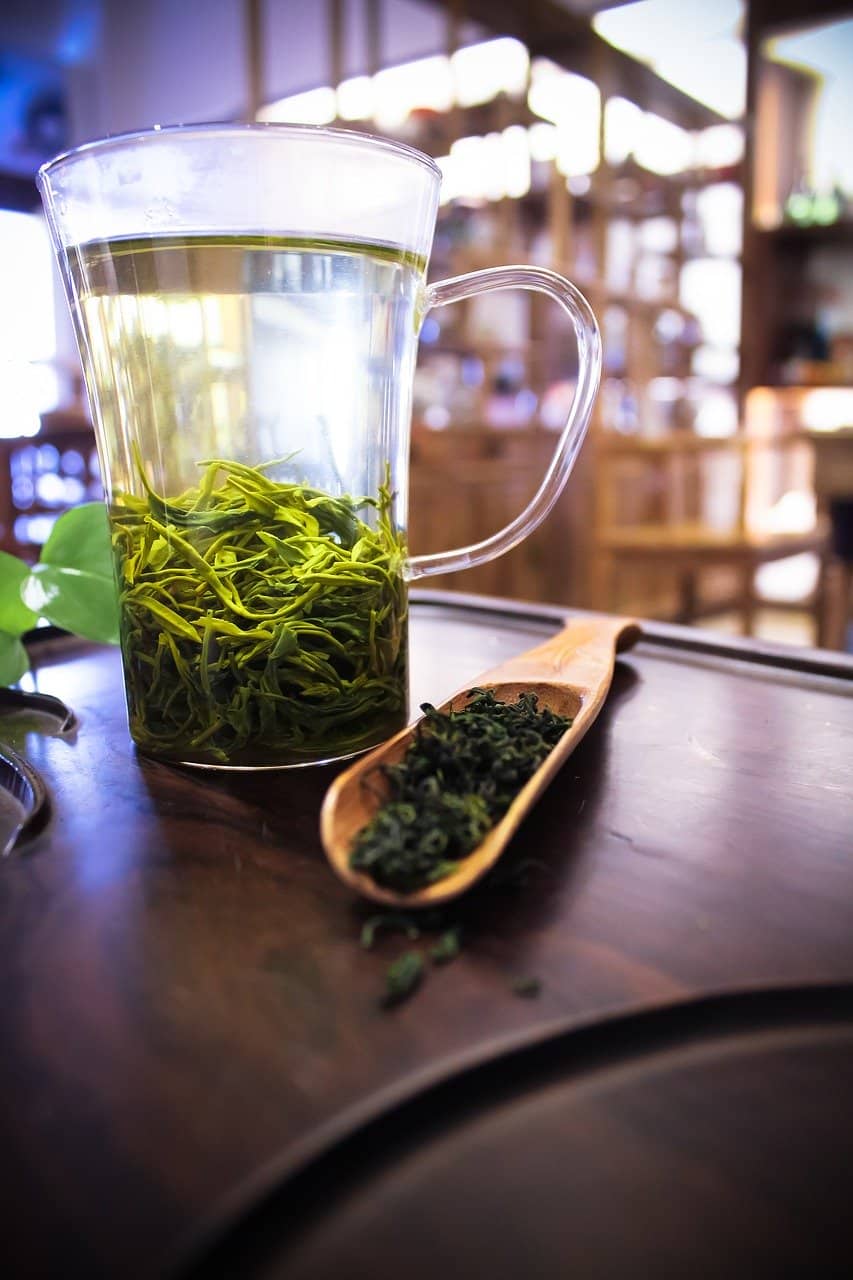
Green tea leaves are grown in direct sunlight, and once harvested, they are either pan-fried or steamed to stop the process of oxidation. Some green teas are infused with fruits, herbs, or flowers to add more nutritional value; then, they are rolled and dried completely. They are then packaged in teabags or boxes to keep them as fresh as possible.
Recap:
Matcha tea and green tea both come from the plant, Camellia sinensis. Both have their origins in China; however, Matcha tea was refined and popularized in Japan. They both have great health benefits and different nutritional values with matcha providing more nutrients because the entire leaf is consumed. Their manufacturing process is also completely different./
Differences Between Matcha vs Green Tea
The most noticeable difference between matcha green tea vs green tea probably is that the latter is more concentrated than regular green tea. Matcha powder is actually 100 percent ground tea leaves. One cup of matcha tea requires ½ to 1 teaspoon of the powder.
Regular tea also goes through a much longer production process than matcha, which involves the leaves being dried out in the sun.
The matcha bushes are actually planted in the shade. They’re kept undercover to increase the leaves’ amino acid and chlorophyll levels. Taste-wise, they both have grassy undertones, though matcha has a much richer and buttery taste.
Let’s dive into the differences with more detail:
Taste
Drinking matcha can prove a bit overwhelming for those drinking it for the first time. It has a strong grass-like taste that most matcha enthusiasts would most certainly agree is an acquired one and may be too powerful for those not accustomed to it.
Green tea is not as thick and frothy as matcha tea, and the flavor is delicate. The liquid in green tea is light, and the smell is fragrant. You can change the intensity of green tea’s taste by letting it steep longer in a teapot.
Benefits
Both green tea and matcha have shared health benefits. Matcha, however, is 10 times more nutritious than regular green tea. It has more calcium and more protein than regular green tea. Matcha also has 137 times more antioxidants, which are known to assist in the fight against free radicals from body cells.
- Good for skin: Both green tea and matcha tea are good for your skin. If you drink green tea regularly, it may help reduce the visible signs of aging. Green tea also has catechin compounds that help to calm the redness that comes from skin blemishes.
- Reduces risk of heart disease: Drinking green tea helps to improve risk factors such as blood sugar levels, total cholesterol, and low-density lipoproteins (LDLs). Studies have shown that regular green tea drinkers have a 31% lower heart disease risk than non-tea drinkers.
- Good for weight loss: The tea doesn’t directly burn the fat in your body, but it does help make the body’s metabolism more efficient, thereby aiding in the weight loss process, when accompanied with exercise and a healthy diet (4).
Side Effects
Below are the side effects of both green tea and matcha tea:
Green Tea Side Effects
- Green tea contains caffeine. Those with severe caffeine sensitivities may experience irritability, insomnia, upset stomach, nausea, or anxiety.
- If you are taking anticoagulant drugs, also known as blood thinners, then exercise caution when drinking green tea. This is because of green tea’s vitamin K content. Green tea reduces the clotting effectiveness of platelets.
- If you ingest green tea while consuming stimulant drugs, the green tea could increase blood pressure and heart rate.
Matcha Tea Side Effects
A cup of matcha tea is highly concentrated green tea; therefore, beneficial substances are concentrated, as well as the harmful substances. It is recommended to drink no more than two cups per day (maximum 474 ml). Over and above the green tea side effects, matcha tea also has a few more side effects:
- Because the leaf is ingested as a whole, one risks ingesting contaminants such as heavy metals, fluoride, and pesticides (5). Organic matcha does reduce the risk of chemical exposure, but the leaves may still contain harmful substances from the soil that may affect your body when ingested in large amounts.
- It has been claimed that consuming 6 cups of regular green tea or 2 cups of matcha tea daily has brought about signs of both liver and kidney toxicity in some individuals.
Recap:
Matcha tea and green tea are both nutritional and also have side effects brought about mainly by over-consumption. Health benefits include healthier skin, a reduction in heart disease, and an overall healthy body. Side effects include liver and kidney toxicity and caffeine sensitivity.
Caffeine Level
Typically, matcha has a higher caffeine content than regular green tea. Matcha leaves retain more of their caffeine content because they are grown in the shade. The specific caffeine content in matcha is dependent on the processing and preparation method.
It’s advisable to read the packaging instructions carefully, or if you can, speak to your tea supplier to be aware of the caffeine information before purchase.
Comparison of Matcha and Green Tea
Both strains of tea have therapeutic effects on your body. They have essentially similar health benefits in that drinking matcha, or regular green tea will invigorate your senses and give you a mental and physical boost.
Matcha gives you more of what green tea provides you in terms of nutrients and antioxidants. It doesn’t mean that one is better than the other.
The option to go with powder or leaves is dependent on personal preference. Matcha powder is better suited for those who want to have it as a cooking ingredient (6). For those who prefer a lighter and less frothy tea texture, the regular green tea will do. Matcha is labor-intensive, while green teas are quick and dependable to prepare.
Summary
Both matcha and green tea are loaded with antioxidants and have great health benefits. Drinking both these teas aids in weight loss, alertness, and even relaxation. Consuming either of the two potentially reduces the risk of getting heart disease.
Matcha, however, is a more versatile tea in the kitchen, while regular green tea is limited to steeping. They both add value to the drinker and have their own sets of pros and cons. In the end, the choice boils down to the consumer of the tea.

